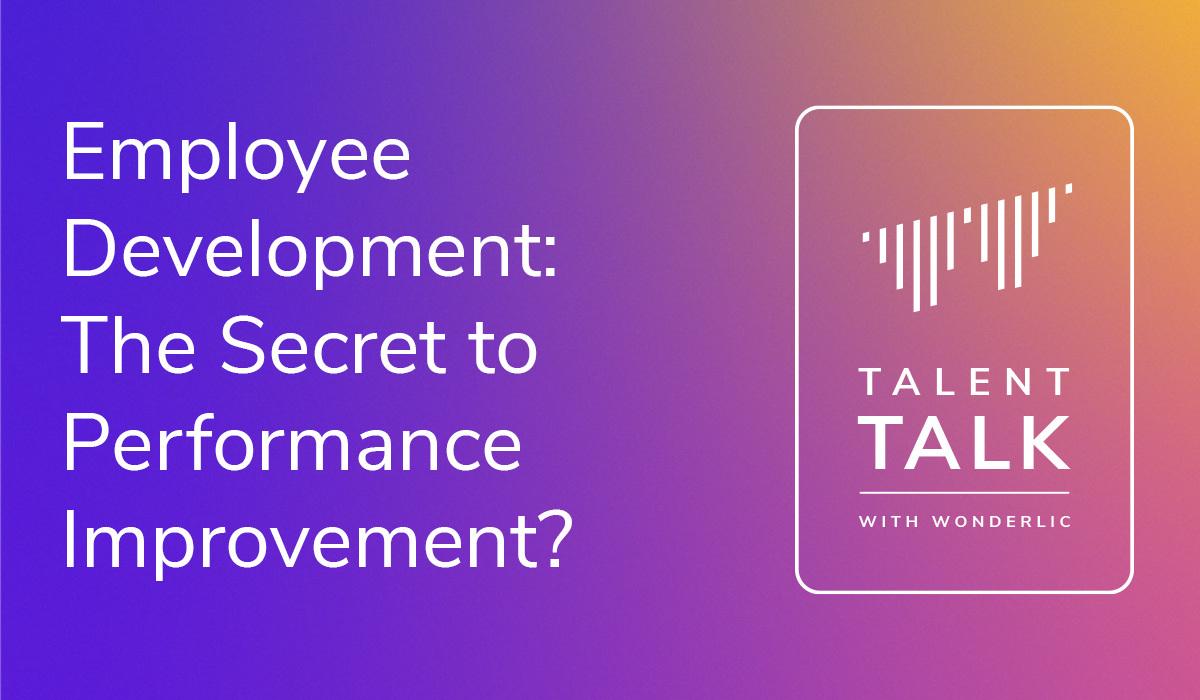In an ideal world, every employee would love working together. They’d always appreciate input and never argue about anything. Work life would be a dream, without even a single lunch “borrowed” from the office fridge.
But that’s exactly what that is: a dream.
Let’s face it. Workplace conflicts are inevitable, causing emotional and financial damage to everyone involved. Employees spend an average of 2 hours each week dealing with workplace conflicts- equating to $359 billion paid hours if you’re basing this on hourly earnings of $17.95, according to a study commissioned by CPP Inc. (publishers of the Myers-Briggs Assessment) and the Thomas-Kilmann Conflict Mode Instrument. According to them, 85 percent of employees deal with conflict on some level, and a quarter of employee conflicts result in absence.
There’s good news here, too. If resolved positively, 41 percent of those involved develop a better understanding of others, and 81 percent of workers in the United States find a better solution to their problems. The key is determining how to resolve these conflicts successfully.
Run-of-the-mill office conflicts:
While people butt heads within an organization all the time, typically that’s avoidable. Most employees cite poor communication as a major cause of conflict. Personality clashes and mistrust are also biggies. But when you’re working in an office, there are always going to be different communication styles and personalities.
Using proper policies and techniques can limit the issues associated with such common differences.
Create a policy that works.
If HR hasn’t done this already, they need to create a conflict-resolution policy and present it to employees, regardless of the number of people who work in the office. It needs to be explicit when detailing sexual harassment (describe inappropriate touching, detail words that should not be used such as “babe”), etc.; disrespect, and any other major issues that could occur in your specific workplace. It can be helpful to circulate an anonymous survey asking employees about conflicts that’ve come up in the office so that you make sure to tackle each perceived problem.
This way, you can have the rules and procedures written out for when it’s time to handle a situation.
Listening is (probably) 99% of the job.
Once you’ve defined your conflict resolution policy, put it to use in every situation. Often, just listening to every side of the conflict will dull the drama. Make sure you listen to each person privately in a quiet setting where they’ll feel free to speak, knowing they can’t be overheard (or judged) by other employees. And while email may seem like the easiest option, an in-person meeting is best for clearing things up. When you’re communicating digitally, you run the risk of being misunderstood- resulting in workers who don’t feel heard.
When you meet, ask questions that relate to the specific conflict and the events rather than questions directed toward personalities. This isn’t about winning or losing, it’s about resolving the issue so everyone can continue working together. That’s why you need to examine the root cause of the issue. Was there a lack of training? Was there a miscommunication? Look at the process rather than the people. Does everyone involved need to communicate more frequently on this project? Do they need to flag issues earlier so they don’t escalate?
Once you’ve listened to both sides, set up a group mediation meeting. You may decide that the two sides can work out their issues on their own, or you may need to be present for this meeting as well. A third party mediator may also need to be present.
If you’re guiding the conversation, be careful not to take sides. If your team members are arguing and get off topic, redirect them to stay on the specific topic at hand. It may help to define the real problem and explain how it’s negatively impacting the workplace or their relationship. The goal, rather than choosing a side or deciding that one person is correct, is to resolve the issue and figure out a solution that’ll work for your team.

You’ve heard what your people have to say. Now what can you do to help?
Sometimes, it helps to break down the situation: what’s the problem? What’s the worst that can happen? What can we change to make this work better for everyone? What are some alternatives that will work? What should each person do to help? How should we proceed? Not every conflict needs to be fixed by upper management. The first step of workplace conflict resolution is for employees to try to work out their conflicts on their own, as escalating every issue may do more harm than good (shocking, we know).
There’s a parental strategy out there that says it’s important to let children argue until the problem escalates to violence so that they learn to work issues out on their own. This is an extreme example, and obviously you should never condone violence in the office or allow any conflicts in the workplace to escalate to that level. However, the underlying concept does have merit: it’s important that employees try to work out their smaller issues amongst themselves.
Why? Because it’ll help employees improve their conflict-resolution skills, reduce the amount of time taken away from work by managers, and decrease the escalation of what may be a minor issue. Companies can create guidelines and even provide training with experts when it comes to conflict resolutions. Self-assessments to help each person understand their workplace conflict styles can help, too. For example, if one employee understands that he needs time on his own to reflect when something has potentially gone wrong, he can explain this to his co-worker rather than storming off and creating a larger problem.
Not everything can be resolved by the handful of people involved, though. A small team within your organization should be in place to handle those issues. It goes without saying that they should have training in conflict resolution. Their job entails setting ground rules (a good ground rule may be that anything discussed cannot leave that room); helping the sides stay focused; and being good listeners in order to offer helpful ways to compromise.
In specific types of major conflicts (ie. assault, theft, and anything significant or ongoing) your workers should know that they can turn to upper management for help. A reporting method should exist, like a specific person in HR who deals with conflicts or an anonymous email where such conflicts should be recorded. There may be a management or peer review, or a neutral third party facilitator. Whatever you choose, it’s important that whoever’s helping be neutral. If a manager is part of the process, for example, they shouldn’t be directly involved with either side.
That way, emotions are kept in check, and no one feels like they’re being favored.
Make sure it worked!
Follow-up is key. Schedule a future meeting with everyone involved, perhaps a week or two in the future, to make sure the resolution has gone smoothly. Has each side continued to change? Are there still any leftover issues? If the problem is still unresolved, you may need an outside mediator to step in. This could become a performance issue if it’s not tackled.
Keep a record.
While it’s common for all workers to have one or two workplace conflicts, it’s not common (or acceptable) for one employee to have frequent conflicts. That’s why it’s essential for the HR team to keep a record noting the dates and details of each incident, large and small. By doing this, you’ll notice if that one person has a pattern of complaints filed against them- which leads to a more serious conversation with that person about their behavior before another issue occurs. The record will also help if HR feels the need to proceed toward termination.







